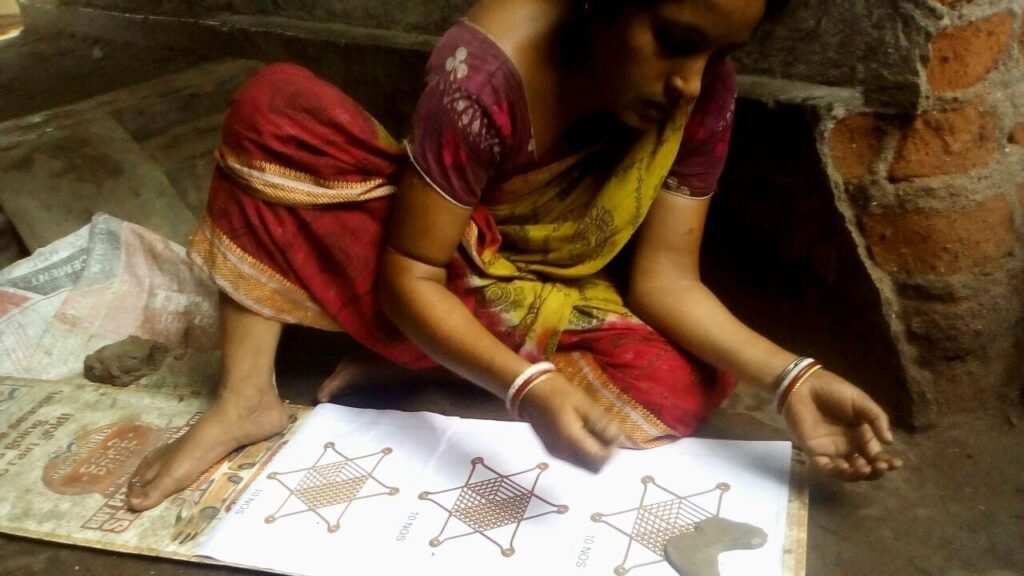How Dhokra Is Still Relevant Today, A 4,000 Year Old Metal Craft.
A new collection of infinity-inspired wall ornamentation was unveiled by AnanTaya Decor, a Jaipur based design company. The founders Ayush and Geetanjali Kasliwal, with the support of the 4,000-year-old Dhokra Metal Craft, develop Tara Dhokra, a symbol of contemporary modular design, in collaboration with artisans in Bastar, Chhattisgarh. In West Bengal, Andhra Pradesh, Orissa, and Madhya, Dhokra is popular in the tribal areas of Pradesh. It uses the technique of lost wax in which a design is handmade from a blend of bee’s wax, nut oils, and tree resins before it is covered with dirt, carbon dust, and rice husk mould.

The crest is then melted and replaced with molten metal when the mould is fired. Once the piece has cooled, the clay mould is pulled away to reveal a brass object which has been cast completely. In the Mohenjo-daro excavation, it was discovered that the iconic bronze Dancing Girl sculpture from 2300 BCE was the very first known product to use this technique. The images related to the craft have not changed much since then. Geetanjali continues, “You’ll normally be seeing a lot of metal frame jewellery, deities or animal sculptures.” “There appears to be no trouble at all for them. The craft’s potential is quite exciting, on the other hand.”
“In most cases, in metal frames, you’ll see many gems, deities and animal sculptures,” he explains. “It doesn’t seem to me that they are important. On the other hand, the potential of the craft is very exciting.” Dhokra was reduced by AnanTaya, a straight line, to its most basic form. The shape is then laid and tesselated by artisans into modular patterns which can be repeated indefinitely. ‘The design makes it possible for the craftsman and designer everywhere to create any installation,’ continues Ayush. According to Tara Dhokra, a series of modular 6-piece stars is used to link up to create an endless array of wall systems.
Conception interventions such as AnanTaya‘s can give new life to old crafts such as Dhokra.
Whilst Geetanjali believes innovation is critical to their survival in the 21st century, he believes that craftsmanship is essential for their prosperity. Geetanjali tells me, “I believe in emotional perseverance. “We move towards artificial intelligence, robotics and 3D printing, but lose sight of the emotion and energy that is the work of craftsmanship.” You instantly feel connected to the artist when you buy handcrafted work and you become part of the store.”

Written By Mahak Jain | Subscribe To Our Telegram Channel To Get Latest Updates And Don’t Forget To Follow Our Social Media Handles Facebook | Instagram | LinkedIn | Twitter. To Get the Latest Updates From Arco Unico



